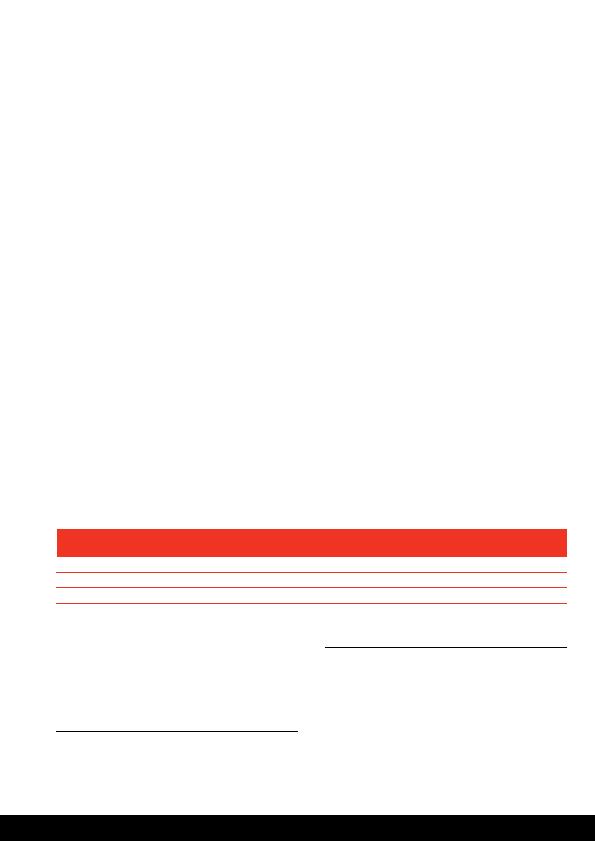
aim of classification and placement is the safety
of prisoners, staff and community, while ensuring
prisoners are accommodated at the lowest level
of security appropriate for their circumstances".
security rating assesses factors including:
· risk and history of escape
· history of institutional violence and the risk of
· outstanding court matters
· drug/alcohol history
· stability factors at the time of arrest (housing,
· having children or being pregnant
· age.
Management Panels to make decisions regarding
placement as part of the classification process.
management and needs of the prisoner,
community protection, and the efficient and
effective operation of the prison.
Corrections Regulations 2009 (Vic) reg 23(1).
State of Victoria, Corrections Victoria, `Transition to
Tarrengower', above n 331, 4.
security rating
indicates that a lower proportion of Koori women
are classified as minimum or medium security, and
a higher proportion are classified as maximum
security, compared to non-Koori female prisoners.
As the table below shows, in 2011-12, while 29
per cent of all female prisoners were classified
maximum security, 48 per cent of Koori female
prisoners received this classification.
prisoners predominantly assesses static
(unchangeable) factors such as prior criminal
convictions, previous history of offending
and imprisonment. The disparity in security
classification most likely reflects and reinforces
the pattern of Koori women cycling in and out
of prison. Over half the cohort of Koori women
in custody during 2012 had a history of prior
offending and imprisonment.
assessment tools, cultural responsiveness appears
to play less of a role in the determination of a
prisoner's security rating.
the Aboriginal Wellbeing Officer at DPFC about
placements. Sentence Management Panels must
also offer all Koori prisoners the "opportunity
of being assisted by such officers during
Sentence Management Panels, particularly in the
classification process".
This may reflect patterns of offending however, Victoria
Police data suggests that most alleged offences are at
the lower end of the scale. See Figure 5 `Victoria Police
data on alleged offences by Koori men and women
2011-12' on page 34.
State of Victoria, Corrections Victoria, `Transition to
Tarrengower', above n 331, 11.
In relation to scoring for having lived at the same
address for the last 12 months, this includes living in
the "same tribal area". State of Victoria, `Sentence
Management Manual', above n 377, ch AC3, 7.
State of Victoria, Corrections Victoria, `Sentence
Management Manual', above n 377, ch AC4, 8.